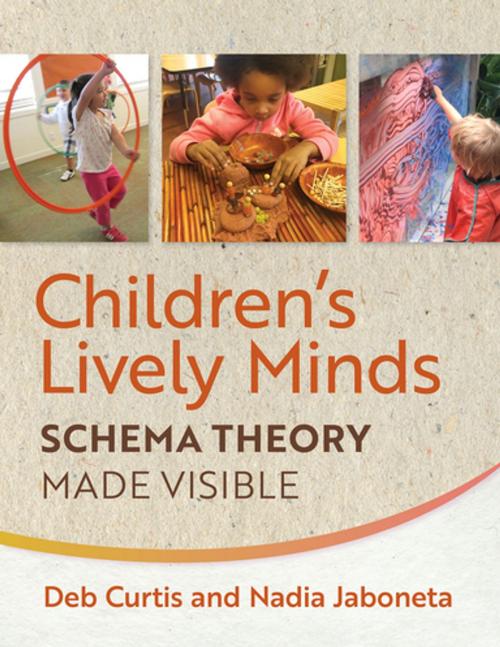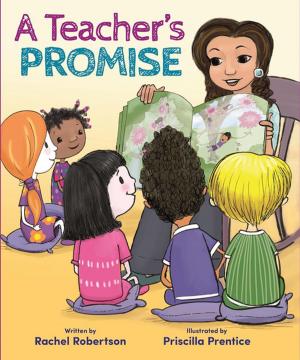Children's Lively Minds
Schema Theory Made Visible
Nonfiction, Reference & Language, Education & Teaching, Preschool & Kindergarten, Educational Theory, Educational Psychology, Counseling & Guidance| Author: | Deb Curtis, Nadia Jaboneta | ISBN: | 9781605546957 |
| Publisher: | Redleaf Press | Publication: | August 13, 2019 |
| Imprint: | Redleaf Press | Language: | English |
| Author: | Deb Curtis, Nadia Jaboneta |
| ISBN: | 9781605546957 |
| Publisher: | Redleaf Press |
| Publication: | August 13, 2019 |
| Imprint: | Redleaf Press |
| Language: | English |
Teachers often see repetitive behaviors in toddler and preschool classrooms, such as building and knocking down block towers or dumping out toys. When children do these actions over and over it can be irritating to teachers and parents, but viewing these actions through the lens of schema theory, developed by Jean Piaget, can help understand what’s really going on in children’s brains when they display these repetitive behaviors.
Children’s Lively Minds is filled with stories about real children exploring schema, followed by reflection and questions about what children might be learning. Schema theory in your work with young children whether you know it or not. Understanding it, putting intention behind it, can help families and teachers ease frustration with young children’s repetitive behavior and allow adults to better support brain development.
Teachers often see repetitive behaviors in toddler and preschool classrooms, such as building and knocking down block towers or dumping out toys. When children do these actions over and over it can be irritating to teachers and parents, but viewing these actions through the lens of schema theory, developed by Jean Piaget, can help understand what’s really going on in children’s brains when they display these repetitive behaviors.
Children’s Lively Minds is filled with stories about real children exploring schema, followed by reflection and questions about what children might be learning. Schema theory in your work with young children whether you know it or not. Understanding it, putting intention behind it, can help families and teachers ease frustration with young children’s repetitive behavior and allow adults to better support brain development.















